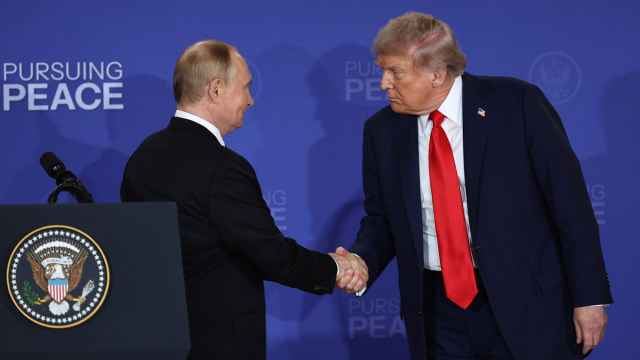Gazprom's investment program is about 15 percent higher than usual, but more significantly, it has been streamlined. In the past a small number of programs were allocated more money, but those programs also had far more projects to be financed. Furthermore, nearly $24 billion, or 75 percent of Gazprom's expanded $32 billion investment program, is allocated to increase infrastructure capacities. Although much of this will likely go to the "top-priority strategic projects" meant to diversify away from Ukraine, Gazprom's new investments will also shape future Russian energy relations in Northeast Asia for years to come.
The investment and development programs demonstrate solid efforts to optimize Russia's regional gas infrastructure via the Eastern Gas Program. Connecting lower producing and disparate fields frees Gazprom to devote the major fields toward international export to Northeast Asia. The Sakhalin Project was originally slated to export to North America, but the long-term effects of the American shale sector make this highly unlikely.
Gazprom will instead use these fields to help satisfy export contracts to China and South Korea in a multitude of ways. The fact that Gazprom's next meeting will cover small- and large-scale liquid natural gas deliveries to the international market should not go unnoticed. But the role of traditional pipeline infrastructure must not be discounted. From Vladivostok, the pipeline network branches into China and potentially the Korean Peninsula. According to recent reports, Russia will likely soon be able to supply South Korea via an underwater pipeline from China.
It is likely that the company will seek to step up its potential to supply Japan and South Korea with liquid natural gas, especially given increasing competition on the Chinese market from other LNG operations like Novatek. Despite being a smaller company, Novatek's Russian operations are quickly rivaling Gazprom due to its propensity to take risks. Russia and Gazprom will look to shore up its position in the region and likely seek to mitigate China's role as a transit state by pushing for trans-Korean rail and pipeline alternatives.
Recently, rail connectivity has reopened between Russia and North Korea and President Vladimir Putin is not shy about his intentions to open a South Korean rail link as well. Putin's desire to re-establish rail links across the Korean Peninsula is likely to increase as transporting LNG via rail is cheaper than by sea. However, rail may be only the first step, as Russia will likely then push for a pipeline to run alongside a trans-Korean railroad.
Joe Parson is an analyst at the Carnegie Moscow Center.
A Message from The Moscow Times:
Dear readers,
We are facing unprecedented challenges. Russia's Prosecutor General's Office has designated The Moscow Times as an "undesirable" organization, criminalizing our work and putting our staff at risk of prosecution. This follows our earlier unjust labeling as a "foreign agent."
These actions are direct attempts to silence independent journalism in Russia. The authorities claim our work "discredits the decisions of the Russian leadership." We see things differently: we strive to provide accurate, unbiased reporting on Russia.
We, the journalists of The Moscow Times, refuse to be silenced. But to continue our work, we need your help.
Your support, no matter how small, makes a world of difference. If you can, please support us monthly starting from just $2. It's quick to set up, and every contribution makes a significant impact.
By supporting The Moscow Times, you're defending open, independent journalism in the face of repression. Thank you for standing with us.
Remind me later.





